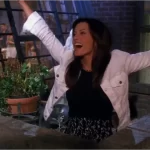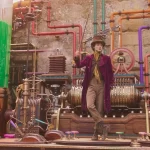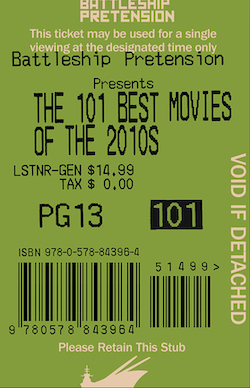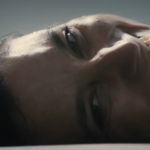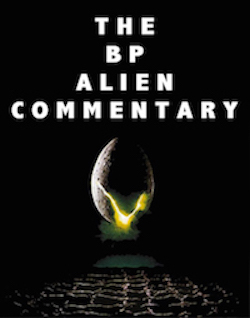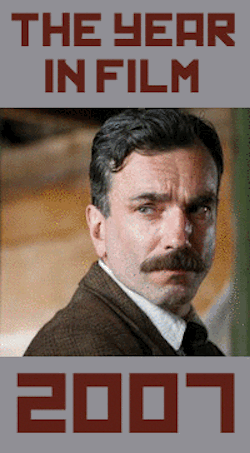The Crime of Monsieur Lange: Money Speaks for Money, the Devil for His Own, by David Bax
There are dogs everywhere in Jean Renoir’s 1936 The Crime of Monsieur Lange, recently restored and showing at the Laemmle Royal on Santa Monica starting this Wednesday. Little, fluffy, adorable dogs scamper and gambol in and out of the frame. It’s exceedingly charming and a clue to how favorably Renoir views the movie’s little corner of Paris, stocked with writers and laundresses. It’s also a bit of a feint. Certainly, it fits with the comedy’s general sense of warm whimsy. But that mode is a feint or perhaps a spoonful of sugar to help the cynicism go down. This is a sick, nasty place where bosses think nothing of pimping their secretaries out to business partners or laughing as they rob an employee of their livelihood.
We first meet Lange (René Lefèvre), the milquetoast magazine scribe who’s the nearest thing this ensemble piece has to a protagonist, fleeing Paris along with his girlfriend Valentine (played by single-name actress Florelle) in the aftermath of killing a man. From there, with Valentine as narrator, we get the whole story in flashback as she tries to convince the denizens of a rural tavern to hide Lange from the authorities. Thus we have a rare twist on the murder mystery genre in which we know who the killer is from the beginning but not the victim. Plus we get a musical number from Florelle for some reason, not that that’s a complaint.
Renoir shoots in his usual proletarian style, favoring shots of two or more people at once, often only from the waist or hips up. The paucity of close-ups or long shots means that the frames may be less striking on an individual basis but they work together to create a welcoming world. It is, frankly, the ideal way to shoot a comedy. He also occasionally employs fun, optical printer-enhanced transitions in which the next scene seems to punch through the previous one as a rock through a piece of suspended newsprint.
Lange’s short stories, for which he becomes briefly famous, tell of the adventures of a cowboy named Arizona Jim. Lange has a map of the United States on his bedroom wall and clearly worships an America he’s never even visited. In the text of The Crime of Monsieur Lange, though, we get hints of what Renoir truly values about the Land of the Free. In addition to Arizona Jim, Lange’s characters include Mexicans, Native Americans and blacks. It’s simplistic and patronizing but when another character expresses the sentiment that one race of dark-skinned “savages” is just like any other, Lange’s multicultural idealism becomes comparatively progressive.
That’s only a side dish to the main course of Monsieur Lange’s impassioned liberal politics. Fed up with the boss’s greedy, cold ways (including a prescient depiction of product placement in which the gunslinging Arizona Jim occasionally stops mid-feat of bravery to swallow a specific brand of health supplements), the magazine’s staff unionize. The results are not subtle. Conditions and morale improve so quickly for the characters that you’d have firm grounds for calling Renoir a propagandist. I’m not even sure he would’ve disagreed. But as a humanist and liberal myself, I find his vision of cooperative workers to be not only a coherent but a positive point of view. The Crime of Monsieur Lange may be a minor work from one of the great masters of cinema but both its acrimony and its charms are too numerous and engaging to ignore.
As for the 4K restoration, the dirt removal is exceedingly well done. The images are clear without succumbing to the digital dulling such processes can sometimes induce. There’s an unfortunate softness in both the clarity and contrast as well as a subtle hiss in the audio but that could all be owed to the state of the source materials.




